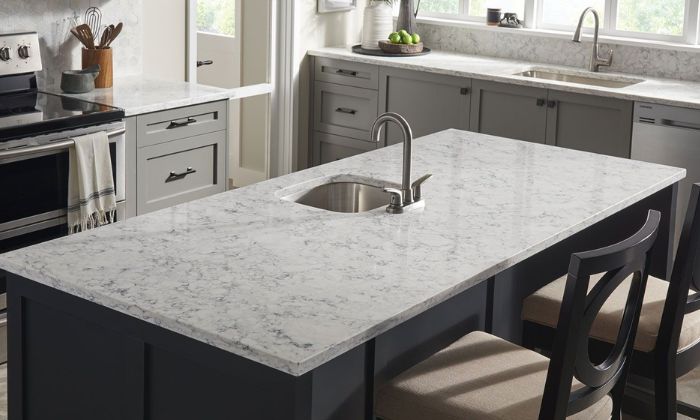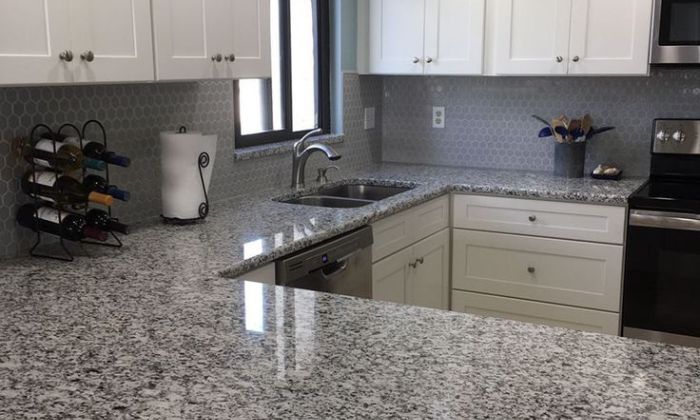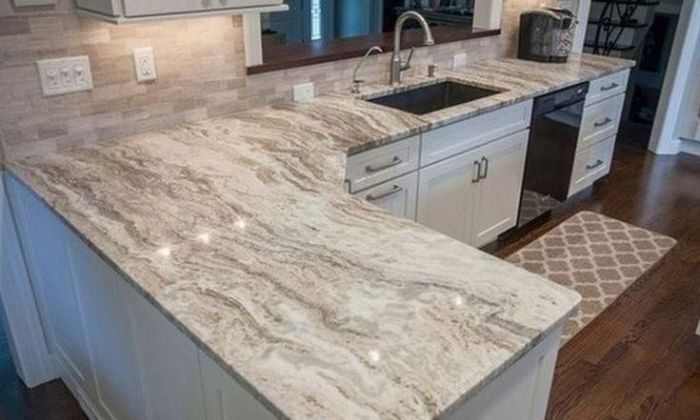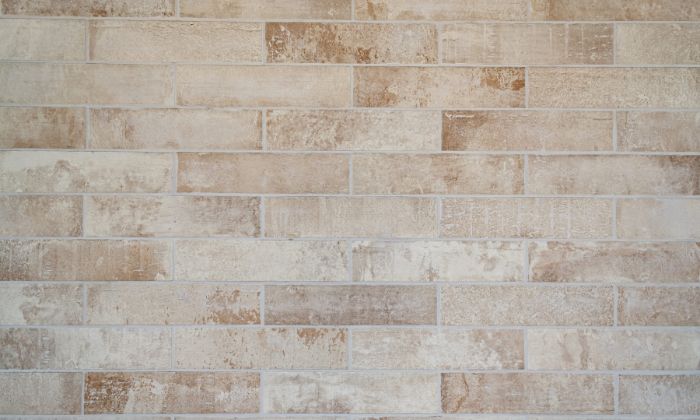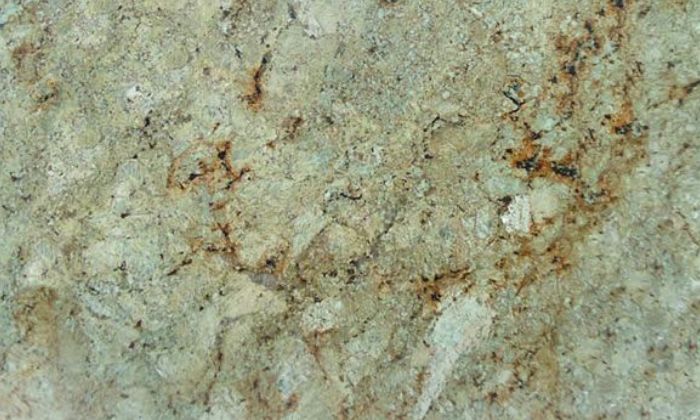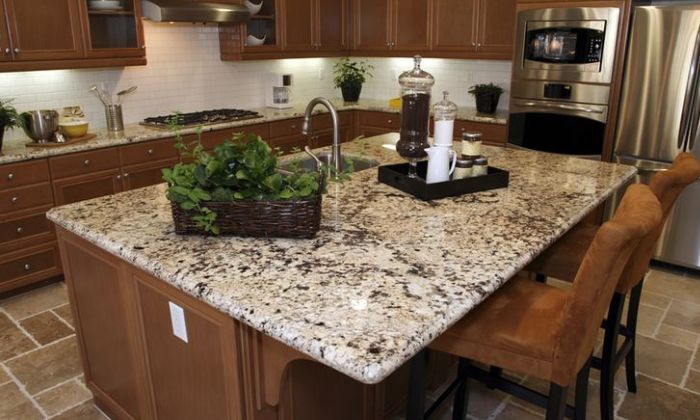Countertop Remnants: All You Need to Know
Countertop Remnants: All You Need to Know When it comes to remodeling your home, especially in areas like the kitchen and bathroom, countertop materials are a major consideration. But what if you could save money without compromising on quality or style? Enter countertop remnants of leftover pieces of countertop materials like granite, quartz, marble, or solid surfaces that can serve as the perfect solution for smaller projects. In this article, we will dive deep into everything you need to know about countertop remnants, from their advantages to how to choose the right one for your project. What Are Countertop Remnants? Countertop remnants refer to the leftover pieces of stone, quartz, laminate, or other countertop materials that are not large enough to be used for full-size countertops. These small pieces, also known as scraps or offcuts, are typically discarded or sold at a reduced price. While they may be considered as excess material, countertop remnants are incredibly versatile and can be used for a wide variety of applications. These remnants can come from stone slabs, overstock material, or pieces left after larger projects. They can be found in granite, marble, quartz, and even laminate options, each offering its own unique look and properties. Advantages of Using Countertop Remnants Countertop remnants have numerous benefits that make them a great choice for many projects. Let’s take a closer look at some of the key advantages: Cost-Effectiveness One of the most significant advantages of using countertop remnants is the cost savings. Since these are leftover pieces, they are typically sold at a fraction of the price of full-sized slabs. You can still get high-quality materials like granite or quartz at a more affordable price, making it a perfect choice for those working with a tight budget. Whether you’re looking for granite countertop remnants or quartz remnants, you can often find excellent deals. Eco-Friendly Using countertop remnants is an eco-friendly choice as it helps minimize waste. By purchasing these leftover materials, you’re contributing to reducing the amount of unused stone or quartz that ends up in landfills. In today’s world, sustainability is an important consideration, and opting for remnants promotes the reuse of natural stone and other materials, aligning with environmental goals. Unique Designs Smaller pieces of leftover materials offer the opportunity for creative and one-of-a-kind designs. Whether you’re working on a small kitchen, bathroom vanity, or custom furniture pieces, countertop remnants can help you achieve a unique look. Because no two slabs of natural stone or quartz are exactly alike, you can create a design that reflects your personal style. For example, remnants of marble, granite, or quartz may have unique color variations or patterns that are not commonly found in mass-produced countertops. This allows you to incorporate a distinctive element into your home design. Quick Installation Another advantage of countertop remnants is that they are readily available. Once you find the right piece, it can often be cut and installed quickly. Since the remnants are typically smaller in size, the installation process is usually faster, especially for projects like bathroom vanities, bar tops, or small kitchen countertops. This can save you time, especially if you are working on a tight schedule. Disadvantages of Countertop Remnants While there are many benefits to using countertop remnants, there are also some challenges to keep in mind. Understanding these drawbacks can help you make an informed decision. Limited Availability The most significant disadvantage of using countertop remnants is that their availability is limited. Since remnants are essentially leftover pieces, they may not always be the right size, color, or pattern for your specific project. You may need to be flexible with your design ideas, as finding a remnant that perfectly matches your vision can be difficult. However, with some creativity, you can still find suitable remnants that will work perfectly for smaller projects. Material Variations Another issue with countertop remnants is material variations. Natural stone, such as granite, marble, and quartz, can have slight inconsistencies in texture, color, and pattern. While this can add to the beauty and uniqueness of your design, it might not be ideal if you require uniformity. These variations can sometimes be a challenge, especially if you’re trying to match multiple pieces. Installation Issues Depending on the size and shape of your space, installing countertop remnants can sometimes pose a challenge. If you’re working with a larger kitchen or a uniquely shaped area, fitting smaller pieces may not always be straightforward. For example, granite countertop remnants may need to be carefully cut or joined to fit the intended space, which can increase labor costs and time for installation. Best Uses for Countertop Remnants Countertop remnants can be used in a variety of applications, especially for smaller projects. Here are some of the best uses for countertop remnants: Kitchen Countertops For small kitchens, countertop remnants are an ideal cost-effective solution. If you only need to replace a small section or add a countertop to an island, you might not need a full slab of granite or quartz. Remnants are leftover pieces from larger projects and can offer the same beautiful look as a full slab, but at a fraction of the price. Granite and quartz remnants are perfect for creating stylish, durable surfaces in small kitchens without compromising on quality or appearance, allowing homeowners to save money while still achieving a high-end finish. Bathroom Vanities Remnants are perfect for bathroom vanities due to their smaller size requirements. These leftover pieces of granite, marble, or quartz offer a cost-effective way to achieve a luxurious look in your bathroom. Whether you’re installing a new vanity or updating your current design, remnants can provide the same high-end appeal as a full-size countertop, but at a fraction of the price. They allow homeowners to enjoy the beauty and durability of premium materials, while making the most of leftover stone pieces that would otherwise go to waste. Bar Tops and Desks Countertop remnants are an excellent choice for creating custom bar tops and desks. These leftover stone slabs,
Countertop Remnants: All You Need to Know Read More »


